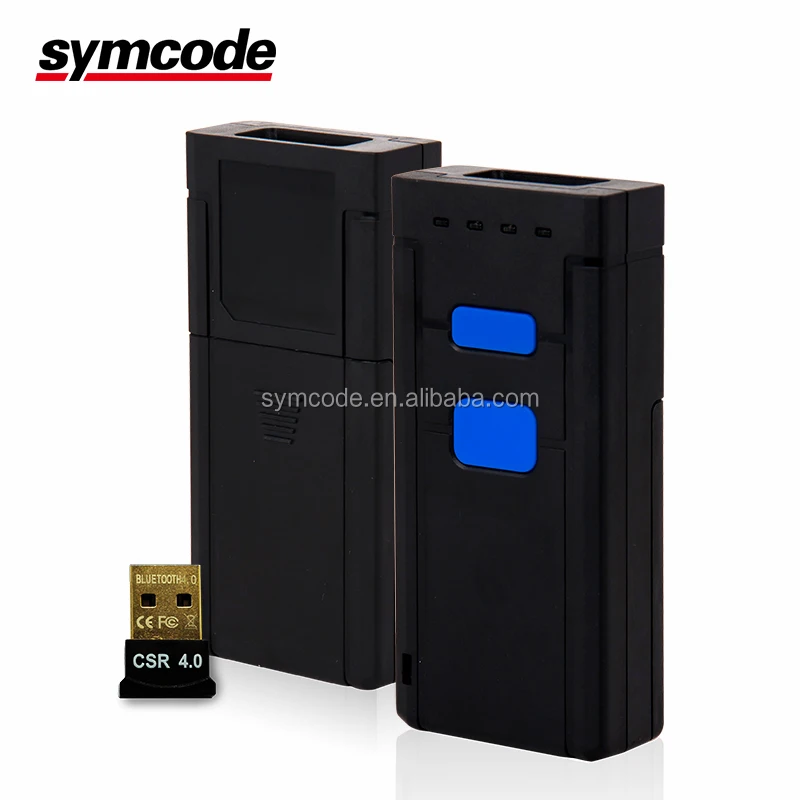

Let’s add that in the component and link it to a barcodeRecognized function to take care of it. In order to read barcode information, we will use the onGoogleVisionBarcodesDetected prop so that we can call a function and extract the information.

Let’s use RNCamera’s algorithm to recognize what is written inside each of them. Now our React Native barcode scanner can see barcodes (as we can see our test QR codes showing on the monitor above) but can’t read them yet. You must also add the following permissions to android/app/src/main/AndroidManifest.xml: package="com.cameraexample">Īfter adding this code, your interface should have the camera on, full-screen, just like the screenshot below:
Android qr code reader built in install#
(There are others like Mostly automatic install with CocoaPods and Manual install, but we will stick to the first option, as it’s the most efficient.) Simply run: npm install react-native-camera -save We will use the “Mostly automatic install with react-native” option. Now it’s time to install the react-native-camera package in our project. It should look like the screenshot below: Now let’s deploy the first version of our React Native QR scanner example over our phone. (To be sure, there is a more detailed and up-to-date list in the docs.)įirst let’s get started by creating a new React Native project: react-native init CameraExample

Android qr code reader built in android#
Our setup needs a minimum of JDK version 1.7 (which you most likely have) and if you’re on Android you’ll require buildToolsVersion newer than 25.0.2. Creating Your First App Using RNCameraīefore we begin our React Native QR scanner, there are some dependencies we’ll need to install. Note: React Native Camera is heavily based on the Expo camera module and going back and forth between the two is pretty easy. …so make sure to use RNCamera so that you can keep getting the latest updates. Note that RNCamera used to come in two flavors: You can build your apps around these functions without getting into the hassle of native code. This component helps you communicate with the native OS through some simple functions so you can use device hardware. React Native Camera (RNCamera) is the go-to component when it comes to implementing camera functionality in a React Native app. Facebook, Airbnb, Uber, and many others already have their latest apps built with React Native. React Native is a valuable framework that borrows React’s paradigm and design principles to enable lightning fast, cross-platform development of snappy UIs. (Note: If you need help setting this up, you can always refer to the React Native Getting Started page-don’t forget to click on the “React Native CLI Quickstart” button, as “Expo CLI Quickstart” comes preselected at the time of writing this article.) Why a React Native Scanner? We will be using React Native’s CLI Quickstart. In this React Native QR code scanner tutorial, the app we create will be able to read QR codes in real time and render their content to the screen at the time of detection.


 0 kommentar(er)
0 kommentar(er)
